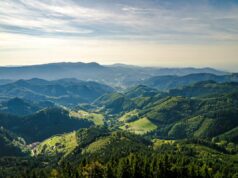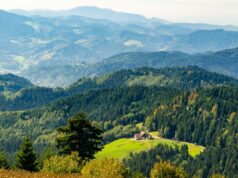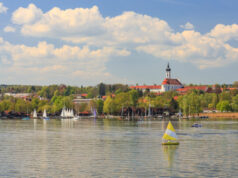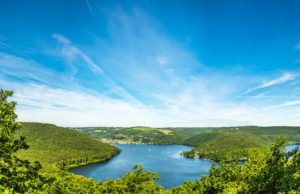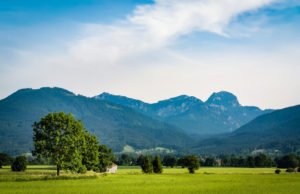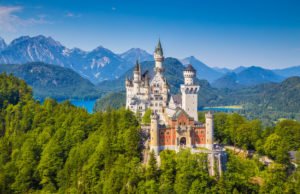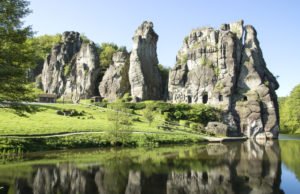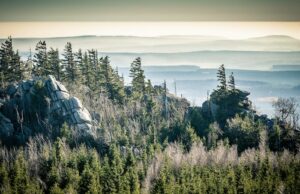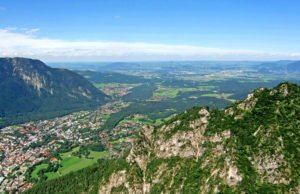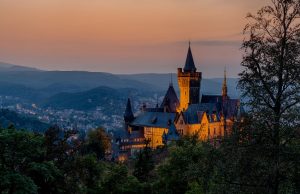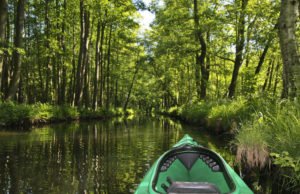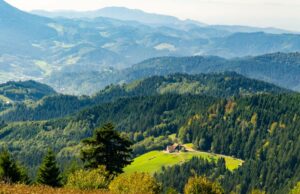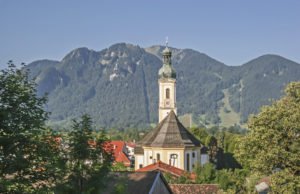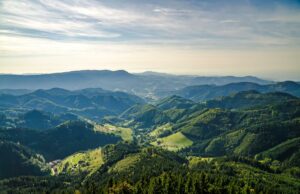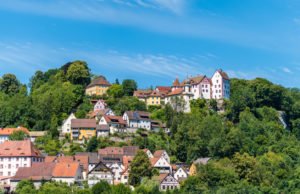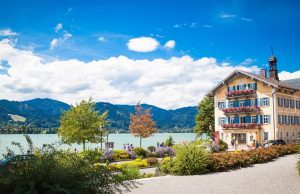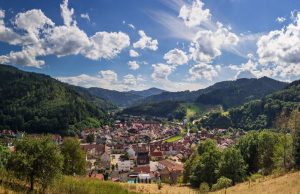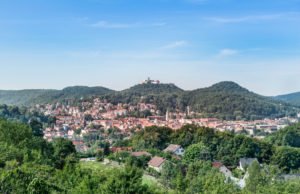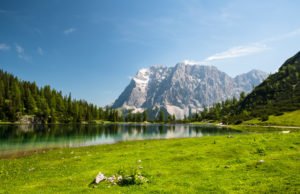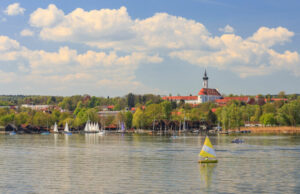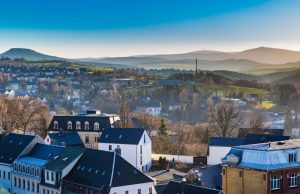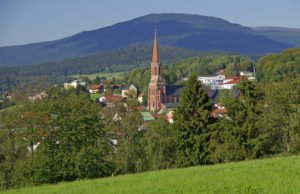
Located in the east of Germany, the Ore Mountains are an area of extreme beauty coupled with a unique history. With a distinct combination of tradition, nature, and culture, the area offers something for everyone. The area has been moulded around its mining history, but the impact of this has been tremendously positive from both an environmental and cultural perspective. The area has become an outdoor-lover’s paradise with opportunities for long-distance walking, skiing, cycling and even rock climbing. There are fantastic opportunities for sightseeing with numerous beautiful churches, castles or museums; for those looking for something a little more sedate, a stroll through one of the numerous nature reserves may appeal, perhaps followed by some of the simple but rich Ore Mountain cuisine.
When to go?
As with most mountainous areas, temperatures in the Ore Mountains can be lower than elsewhere; however, this works well for the region. If you’re a big fan of skiing, then you will enjoy the cold snowy winters (the average temperature in December and January is around 0 degree Celsius); alternatively, if walking or climbing are more your thing, the cooler summers provide ideal temperatures to get out into the hills. The temperate climate is also ideal for sight-seeing during the summer and autumn. Summer temperatures rarely rise above 27 degrees Celsius with an average of around 19 C, whilst in autumn the daytime average is around 10 – 15 C.
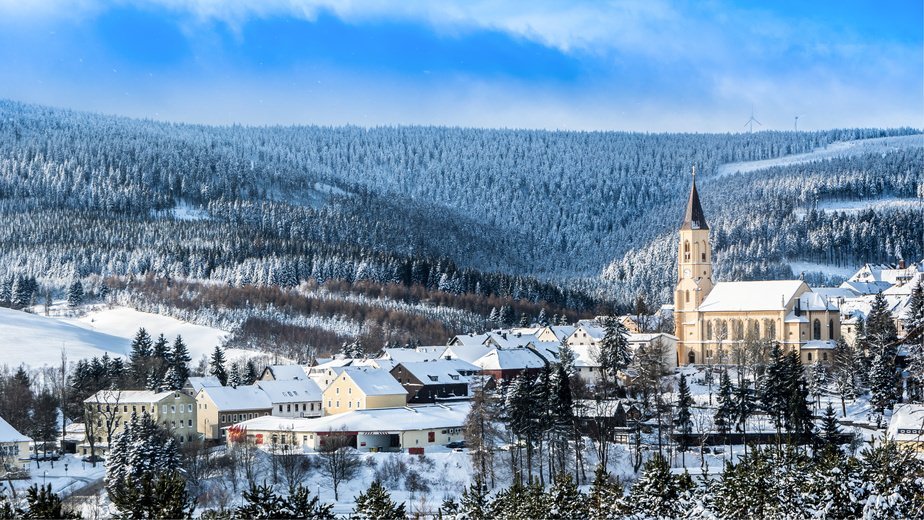
Travel
The closest major airport with scheduled flights is Dresden, however, the area is also accessible by train, either via Dresden or Leipzig. The area is most easily accessed by car; use Autobahn A13 if coming from the north, or the A14 or A4 from the west. The A9 is the main approach road from the south.
Once there, you will find it easiest to get around with a car, however, those looking for something a little different may like to try the scenic Fichtelbergbahn steam train, between Cranzahl and the ski resort of Oberwiesenthal (the highest town in Germany).

Things to do
Walking
At almost 4000 ft, Fichtelberg is the highest peak in Saxony and should provide enough challenge for even the keenest of walkers. Those of a more sedate nature may prefer the Fichtelberg cable car; opened in 1934, this is Germany’s oldest aerial cableway, and with a journey time of less than 5 minutes you will be able to enjoy all the views with none of the effort!
If long-distance walking is something you’ve considered, then the Kammweg, first opened in 1904, was once the longest trail in German-speaking Europe. Changes and additions have been made over the years and the current route is almost 300km long, making for an extremely serious but rewarding undertaking.
Climbing and Via Ferrata
The Ore Mountains offer excellent climbing just across the Czech border in the area of Horni Blatna; the area is suitable for all climbers from beginners to advanced. For those preferring to stay in Germany, there are numerous climbing possibilities in the various national parks (see below), but you may need to wander a little further from the beaten track. If you’ve experienced the exhilaration of ferrata before, or would love to try this for the first time, the Gratweg is a fantastic twenty-minute climb, and descends beside rock walls offering more traditional climbing opportunities.
Skiing
There are no less than fifty-five ski resorts in the German mountains (and even more on the Czech side of the border). Once a premier German skiing destination, the area has lost none of its charm but is now much quieter (which most will see as a good thing). There are over 60km of slopes between heights of 1500 to almost 4000 ft. Eighty ski lifts run regularly, with daily ski passes priced from €4 – €26.
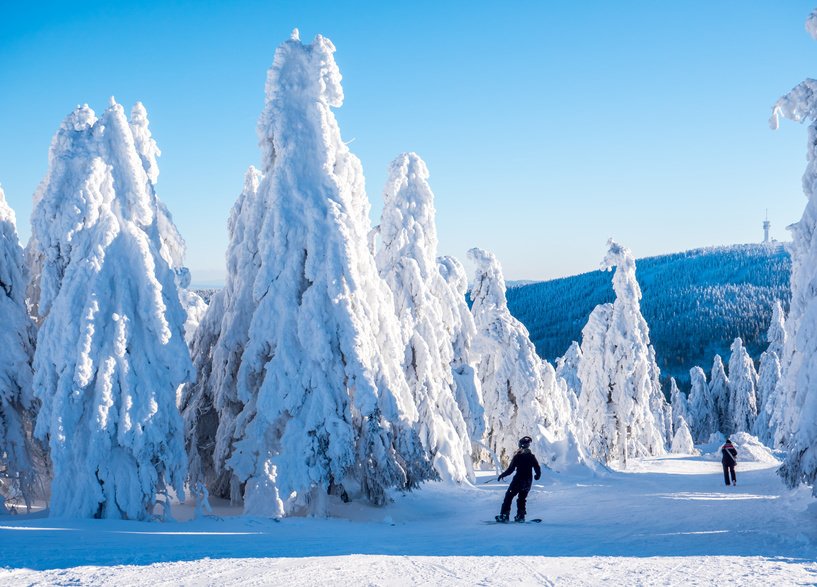
Cycling
The area is a true cyclist’s paradise, and there are numerous, well-documented routes of varying lengths for all abilities. Good starting points include Pirna, Kurort Altenberg, and Seiffen. Maps are widely available, however if you’re unfamiliar with the area and are planning long days out, then a GPS may also be useful.
Nature Reserves
At a length of 120km, the Vogtland National Park is the longest nature reserve in Germany. This extraordinary area includes no less than 228 natural monuments, 41 nature reserves, and 3 bird reserves. The park has over 5000 kilometres of signed footpaths, with over 60% of the area covered in woodland. Nature lovers will find the park fascinating; rare species such as the Eurasian pygmy owl can be found, along with the once-displaced eagle owls and black storks.
Tradition and Culture
Mines and museums
Mining-related attractions are abound for those interested in the history of the region. For example, the Ore Mountain Museum in Annaberg-Buchholz displays folk art from the region and describes the history of the town’s association with silver mining. If you have a little more time then try the Cross-border Mining Education Trail, which links 70 sites of various types, including monuments and visitor mines. The trail starts in Krupka.

Churches and castles
Augustusburg Castle was built between 1568 and 1572 and is a quite stunning example of regional architecture; a particularly unusual feature is that it also contains a motorcycle museum with 175 exhibits, including the first series-produced motorcycle. Major churches in the area include the beautiful Freiberg Cathedral, St Anne’s Church in Annaberg-Buchholz, and St. Wolfgang’s Church in Schneeberg. Known as the Miners’ Cathedral, the latter was built in the early 16th century and is one of the largest hall churches in Saxony.
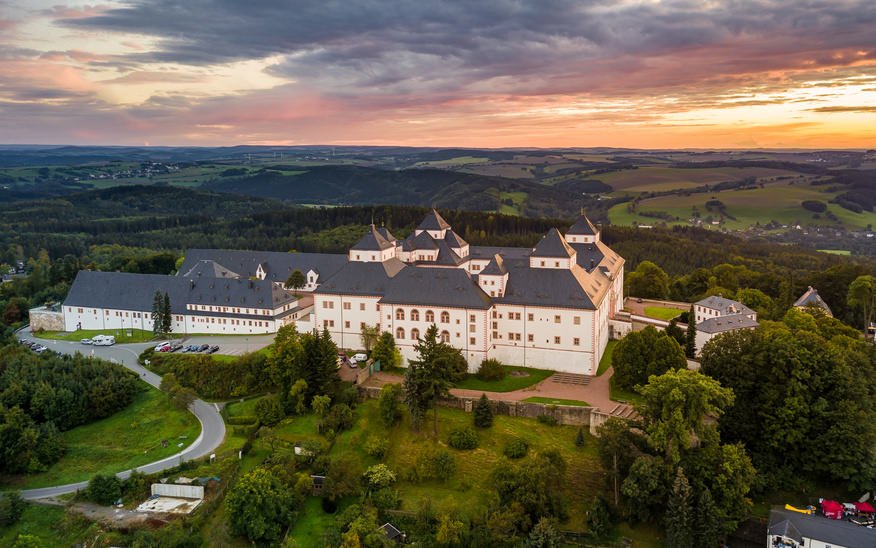
Festivals
The Annaberger Kat folk festival is the largest in the Ore Mountains and one of the oldest in Germany. It takes place annually (14 days after Pentecost), in the town of Annaberg-Buchholz. The festival offers numerous shows and fairground rides, and dates for 2017 are the 16th – 25th June.
Where to stay and what to eat
Accommodation is plentiful, however, if you are planning to visit during peak seasons (for example during Christmas or New Year), then be sure to book in advance. Prices range from about €35 / night for something quite basic and away from the major towns, to around €100 / night for something more central and upmarket. The main thing to look for is something relatively close to your main activity; for example, if you’re a keen mountain-biker then a town centre hotel may not be for you, whilst if you’re visiting for the food then you may want to be as close to as many restaurants as possible.
Ore Mountain cuisine is simple but rich and heavily influenced by its history. Basic ingredients such as potatoes, quark and flaxseed feature heavily, and potato pancakes are a speciality. For those with a sweet tooth, cake and coffee are also part of the local culture; finally, the region is famous for its beer, with many brands from the area exported around the world.


